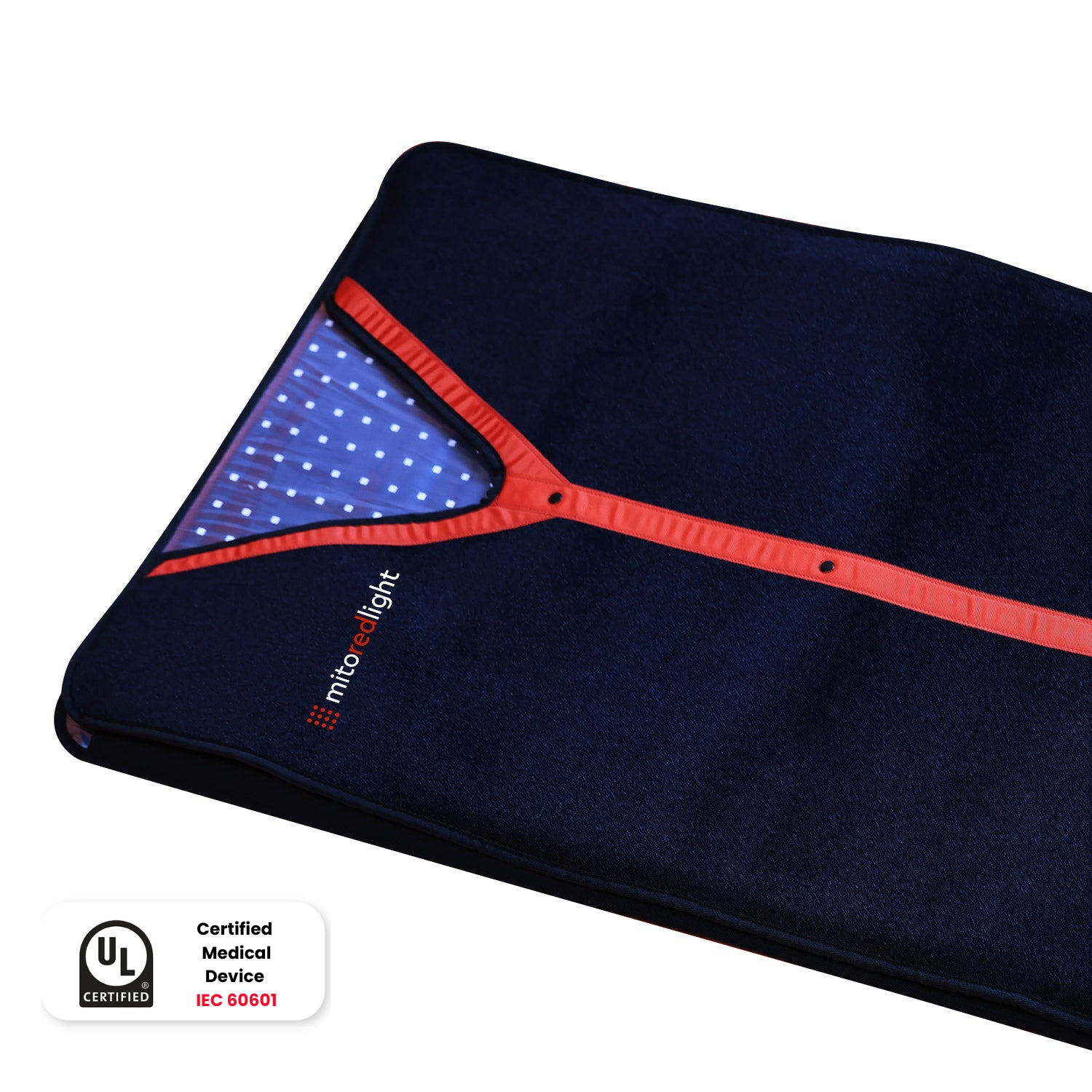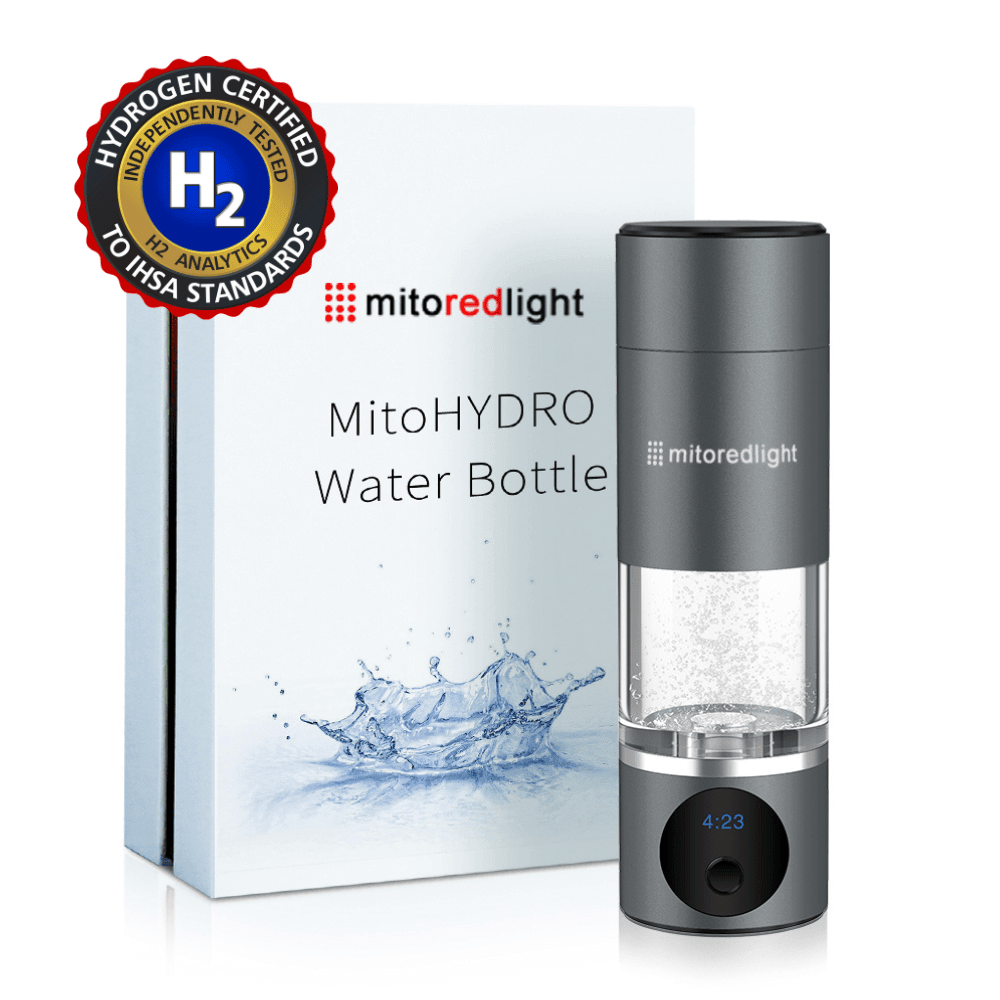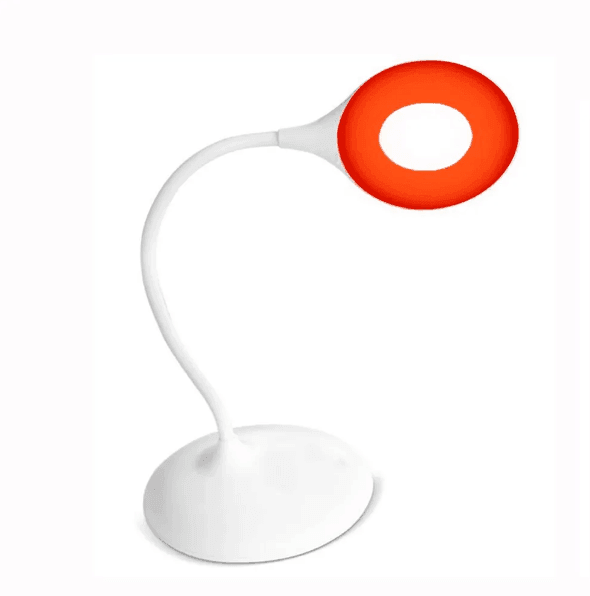DISCLAIMER: Mito Red Light devices are Class II wellness devices aimed at affecting the body through topical heating and supporting cellular function. The information provided in this article and on this site is for educational purposes only and is not intended to imply effectiveness of Mito Red Light devices for any specific application. The information provided in this article and on this site is not intended to diagnose, treat, cure, or prevent any disease, is not a substitute for consultation with a licensed medical provider and should not be construed as medical advice. Click here to read our article on potential contraindications of red light therapy..
Executive Summary
Mito Red Light explores the rising popularity and benefits of cold plunges (50-59°F) as a regular wellness practice, contrasting them with ice baths. Cold plunges may enhance workout recovery by reducing inflammation and improving circulation, lead to better sleep by lowering body temperature, support cardiovascular health through vascular responses, boost mental well-being via endorphin release, and potentially aid weight management by activating brown fat. The article advises awareness of potential side effects like initial shock and cardiovascular impacts, recommending caution for those with pre-existing conditions. A guide to safe cold plunging is provided, suggesting a gradual approach and monitoring time. Mito Red Light proposes integrating red light therapy post-plunge to further support recovery and cellular health, advocating for a holistic wellness strategy.
Key Takeaways:
- Cold plunges offer diverse benefits beyond muscle recovery.
- They may improve sleep, cardiovascular health, and mental well-being.
- Awareness of potential side effects is crucial.
- Safe practices involve gradual immersion and time monitoring.
- Combining with red light therapy may enhance overall wellness.
Medically Reviewed by | Heidi Wright, BSN, RN, PCCN
Cold plunges are making waves in the wellness community, not just for their bracing chill but for the invigorating jolt they offer to both mind and body. This age-old practice, once the preserve of hardy swimmers and spa enthusiasts, has surged in popularity as a cornerstone of modern health routines.
At Mito Red Light, where we're always at the cutting edge of health innovation, we're diving into how integrating cold plunges into your lifestyle could be more than just a thrilling challenge — it could be a transformative journey towards enhanced well-being.
What Are Cold Plunges Anyway?
At its core, a cold plunge is the practice of immersing oneself in cold water, typically maintained between 50 to 59 degrees Fahrenheit. It’s more involved than a simple cold shower or cold bath and can take place in a natural setting like a lake or sea, or more conveniently in a cold plunge tub designed for controlled cold water immersion.
The principle behind this chilling ritual is rooted in the body’s adaptive response to cold exposure, which primarily affects blood vessels and heart rate. It is a staple in various wellness and therapeutic traditions around the world.
How Does a Cold Plunge Differ from an Ice Bath?
While both cold plunges and ice baths involve cold water, the intentions and methods behind each vary significantly. Ice baths usually involve temperatures lower than those used in cold plunges, often filled with ice water that can drop to near-freezing points.
These are primarily utilized for short-term muscle recovery after intense physical activities, focusing on reducing muscle soreness and temporarily calming the body after strenuous exertion.
In contrast, cold plunges are integrated regularly into a wellness routine for broader health benefits. It should be cold, but not icy, water, aiming to invigorate the body's systems without the extreme cold shock associated with ice baths. This regular practice encourages the body to gradually adapt to cold exposure, supporting cardiovascular health and enhancing overall vitality.
What Are the Benefits of a Cold Plunge?
Now that you understand cold plunges and how they differ from ice baths, you're likely wondering why to start them. Cold plunges are celebrated for the immediate rush they provide and the potential benefits they offer. Let's explore how these invigorating dips can enhance your wellness routine.
1. Enhances Workout Recovery
One of the most appreciated benefits of cold plunges is their ability to support muscle recovery after intense physical activity. By immersing the body in cold water, cold plunges help soothe muscle soreness and reduce the time it takes for muscles to heal, making them a favorite in sports medicine.
“Exercise sometimes creates microscopic tears in muscle fibers, leading to inflammation and soreness. Cold water constricts blood vessels, potentially limiting the inflammatory response and reducing muscle pain,” notes Heidi Wright, Registered Nurse.
“As the body rewarms after a cold plunge, there's a surge in blood flow. This increased circulation might deliver essential nutrients and oxygen to muscles, aiding repair and recovery. Cold exposure can activate the body's natural pain-relieving mechanisms, offering temporary relief from post-workout soreness,” Wright adds.
This practice is linked to improved blood circulation, which is crucial for flushing out metabolic waste accumulated during exercise.
2. Improves Sleep Quality
Engaging in regular cold plunges can also lead to better sleep. The exposure to cold water can help lower the body's core temperature, an essential process for signaling sleep readiness to the brain. Many find that a cold plunge increases the quality of their sleep, making it deeper and more restorative, which is vital for overall health and cognitive function.
3. Supports Cardiovascular Health
Cold plunges have a significant impact on cardiovascular health. The shock of cold water immersion causes blood vessels to constrict and then dilate, which can help support the healthy function of the cardiovascular system and blood pressure levels over time.
Regular cold plunges also train the blood vessels to be more responsive and efficient, potentially supporting heart health and managing the risk of heart disease.
4. Boosts Mental Health
The mental health benefits of cold plunges are profound. Cold water exposure triggers the release of endorphins, known as the body’s natural painkillers, which can lead to improved mood and euphoria. Additionally, the challenge of enduring cold water can increase mental resilience, contributing to overall mental well-being.
5. Aids in Weight Management
Another intriguing benefit of cold plunges is their potential to assist in weight management. Regular exposure to cold temperatures can stimulate brown fat, a type of fat that burns calories to generate heat. This process, known as thermogenesis, can boost metabolic rate and aid in weight loss or maintenance.
Are There Any Side Effects or Considerations To Keep in Mind?
While the benefits of cold plunges are compelling, it's important to approach this practice with awareness of potential side effects and necessary precautions, especially if you have specific health conditions.
Physical Reactions to Cold Exposure
The initial shock of entering cold water can cause an involuntary gasp reflex and hyperventilation. This reaction can be startling and, in rare cases, could lead to panic. It’s important to enter the water slowly and control your breathing, allowing your body to acclimatize to the cold temperatures.
Impact on Heart Rate and Blood Pressure
Cold immersion causes an immediate and significant increase in heart rate and blood pressure due to the constriction of blood vessels. For most people, this is a temporary and safe response.
However, if you have cardiovascular issues or a history of stroke or high blood pressure, this sudden change can pose risks. Consulting with a healthcare provider before starting cold plunges is recommended for anyone with heart conditions or concerns about cardiovascular health.
Risk of Overexposure
Prolonged exposure to cold water can decrease core body temperature, leading to conditions such as hypothermia, especially in colder environments or if the cold plunge is extended beyond recommended durations. To avoid overexposure, it’s essential to monitor the time spent in cold water and be mindful of your body’s signals.
Skin Sensitivity
For some individuals, cold water exposure can irritate the skin, particularly for those with pre-existing skin conditions. The cold can exacerbate dryness and lead to discomfort. Using natural moisturizers post-plunge and ensuring the water is clean can help mitigate these effects.
Considerations for Specific Populations
People with certain medical conditions, including those with nerve-related disorders, severe diabetes, or compromised immune systems, should exercise caution. Cold exposure can affect nerve endings and blood flow, potentially complicating pre-existing conditions.
Again, a conversation with a healthcare provider can clarify whether cold plunges are safe for your specific health profile.
How To Do a Cold Plunge
Embracing the chill of a cold plunge isn't just about being bold — it's about preparing your body and mind for an invigorating experience. Follow these steps to integrate cold plunges into your wellness routine effectively and safely:
Step 1: Set Up Your Space
Whether it's a plunge in the ocean, a lake, or a specialized cold plunge tub, ensure your environment is safe and the water temperature is appropriately chilly, ideally between 50 to 59 degrees Fahrenheit. Have towels and warm clothing ready for when you get out.
Step 2: Warm Up Your Body
Get your blood flowing with some light exercise before taking the plunge. A brief jog or some dynamic stretches can prepare your body for the shock of cold water, making the transition smoother and less shocking.
Step 3: Ease Into the Water
Begin by slowly dipping your toes, then your legs, and gradually immerse your entire body. Allow yourself to acclimate to the cold by controlling your breathing — deep, steady breaths can help manage the initial shock and enhance your ability to stay in the water longer.
Step 4: Monitor Your Time
Start with a short duration, about 30 seconds to a minute, especially if you're new to cold plunges. As you become more accustomed, you can extend your time in the water up to three to five minutes. Always listen to your body’s signals, and don’t overextend your stay in the cold.
Step 5: Rewarm Properly
After exiting the water, dry off immediately and dress warmly to gently increase your body temperature. A gradual rewarming process is crucial to prevent your body from warming too rapidly.
Step 6: Enhance Recovery with Red Light Therapy
Post-plunge, a session under one of our Red Light Therapy Panels can be incredibly beneficial. Red light therapy is celebrated for supporting cellular health and boosting recovery processes. The soothing energy and circulation-boosting properties of red light can complement the invigorating effects of a cold plunge, aiding in muscle recovery and enhancing overall circulation.
Ready To Take the Plunge?
After diving into the chilly yet invigorating world of cold plunges and exploring their myriad benefits — from enhancing workout recovery to boosting cardiovascular health — it's clear that this practice could be a transformative addition to your wellness routine. At Mito Red Light, we understand that optimizing your health involves a holistic approach.
Integrating red light therapy sessions post-plunge can further support your recovery and wellness goals by promoting cellular health and recovery.
Explore our range of Red Light Therapy devices today and discover how you can take your health routine to the next level. It’s more than just a plunge — it’s about embracing a lifestyle that keeps you invigorated, resilient, and continuously evolving. Discover more and start your journey with Mito Red Light Therapy.
Click to learn more about potential red light therapy benefits.
Find Commercial Mito Red Light Therapy Near Me
Related Articles:
Infrared Sauna vs. Red Light Therapy
What Is Biohacking? Benefits, Examples, and More
Everything You Need to Know About Red Light Therapy and WEIGHT LOSS
Sources:
Cold-water plunging health benefits | Mayo Clinic
Cool Temperature Alters Human Fat and Metabolism | National Institutes of Health (NIH)
Post exercise ice water immersion: Is it a form of active recovery? | PMC
Cold plunging might help heart health, new research suggests | Around the O

























